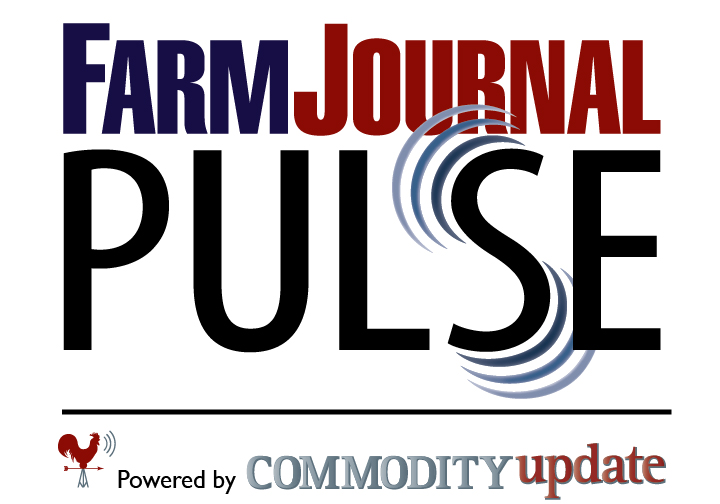Moneywise: Natural gas, reproductive technologies and marketing all hit farm wallet

Economist Weighs Pros, Cons of Natural Gas Exports
There are likely few benefits for the U.S. in exporting abundant natural gas supplies, says a Purdue University energy economist.
Wally Tyner, the James and Lois Ackerman Professor of Agricultural Economics, compared his own analysis, which determined that natural gas exports would have a negative economic and environmental impact, to another conducted for the U.S. Department of Energy (DOE) that predicted a small net economic gain, mostly accruing to natural gas owners. An increase in natural gas supplies brought about by the shale gas boom led the DOE to consider export an option.
Tyner says that even with a $10 billion gain under the DOE study, costs would increase in all energy-intensive sectors in the U.S. The DOE study also did not look at the environmental impacts associated with exporting gas.
"The economic gain or loss is small," Tyner says. "But in addition to that, we would expect an increase in greenhouse gas emissions and an increase in environmental pollutants created by particulate emissions if we export gas and use more coal and diesel fuel at home."
Using more coal to generate electricity and generally using more of other fossil fuels that are not as clean as natural gas would increase greenhouse gas emissions, Tyner explains. Exports also would increase the cost of natural gas in the U.S.
Additionally, there would be fewer truck and bus fleets converting from diesel to cleaner natural gas, and that switch to gas would lower particulate emissions here, Tyner says.
Analysis Favors Use of Reproductive Technologies
A new study shows that the economic benefit of utilizing estrous synchronization (ES) and timed artificial insemination (TAI) can be up to $49.14 per cow. The study, the fi rst of its kind, quantifies the fi nancial outcomes of technologies to increase the effi ciency of cow–calf operations.
Almost 1,200 suckled beef cows from eight locations were assigned randomly to two treatment groups:
(1) cows inseminated artifi cially after synchronization of ovulation, followed by 66 hours with TAI; and (2) cows exposed to natural service without ES.
For each herd, cows receiving these treatments were kept together in similar pastures and exposed to bulls 12 hours after the last cow in the TAI treatment was inseminated. A partial budget analysis was used to determine the economic outcomes of ES and TAI on the production of weaned calves.
The percentage of cows that weaned a calf was greater with TAI, at 84%, compared with the control cows at 78%; weaning weights per cow exposed to treatments were greater for the cows in the TAI group; and a greater percentage of cows exposed to TAI calved during the fi rst 21 days than cows in the control group.
When all factors were evaluated, the study found a $49.14 economic advantage per cow exposed to ES and TAI compared to the control. Location infl uenced weaned calf weights, which might have been a result of differing management, nutrition, genetic selection, production goals and environment.
Having the economic and production data for ES and TAI can help producers better evaluate these types of technology for a reproductive management program unique to their operation. The choice of whether to use ES and TAI affects many parts of the production system.
 |
Farm Journal Pulse takes the pulse of the nation’s farmers. In a recent poll question, we asked: What’s the biggest challenge for your farm operation? Marketing was the top choice for 58% of respondents. People skills was selected by 15% of respondents, followed closely by making input decisions (14%) and applying new technology (13%).







